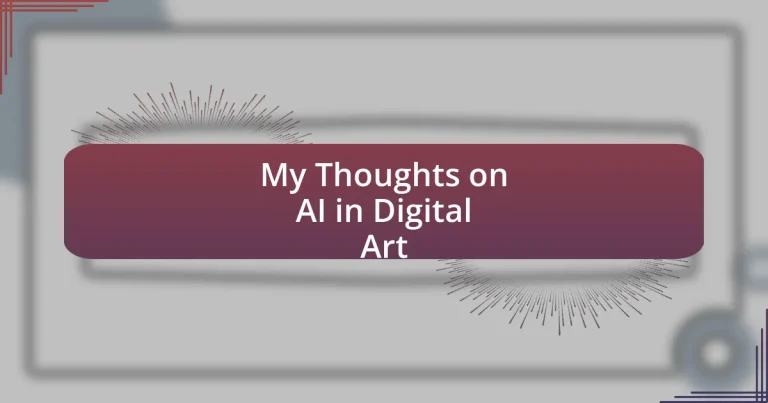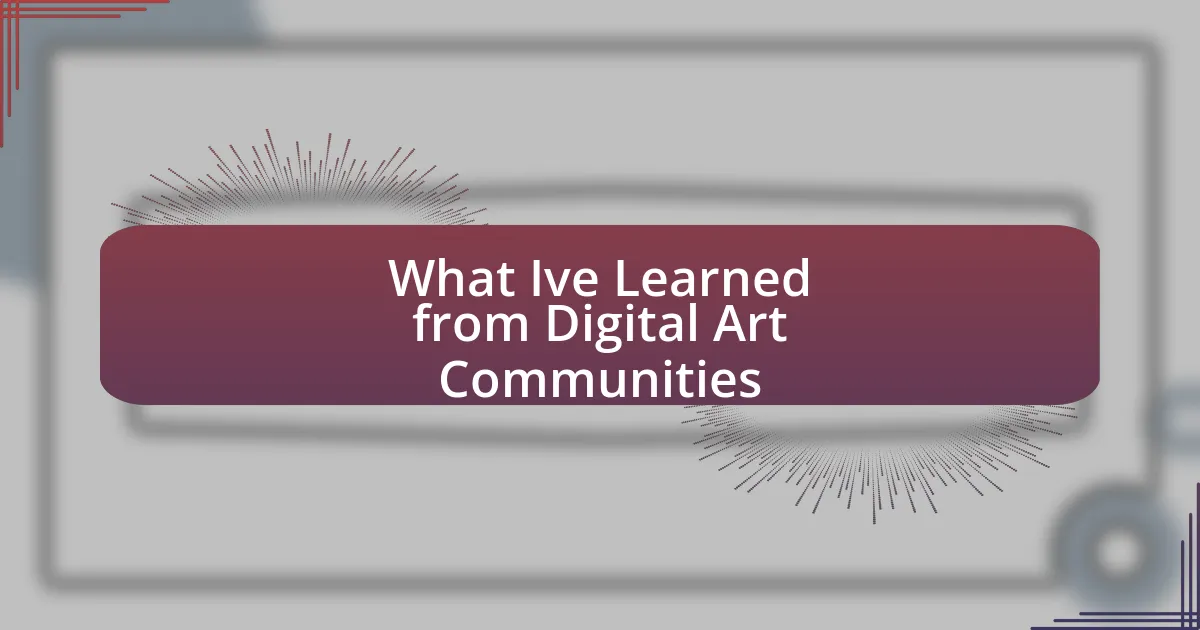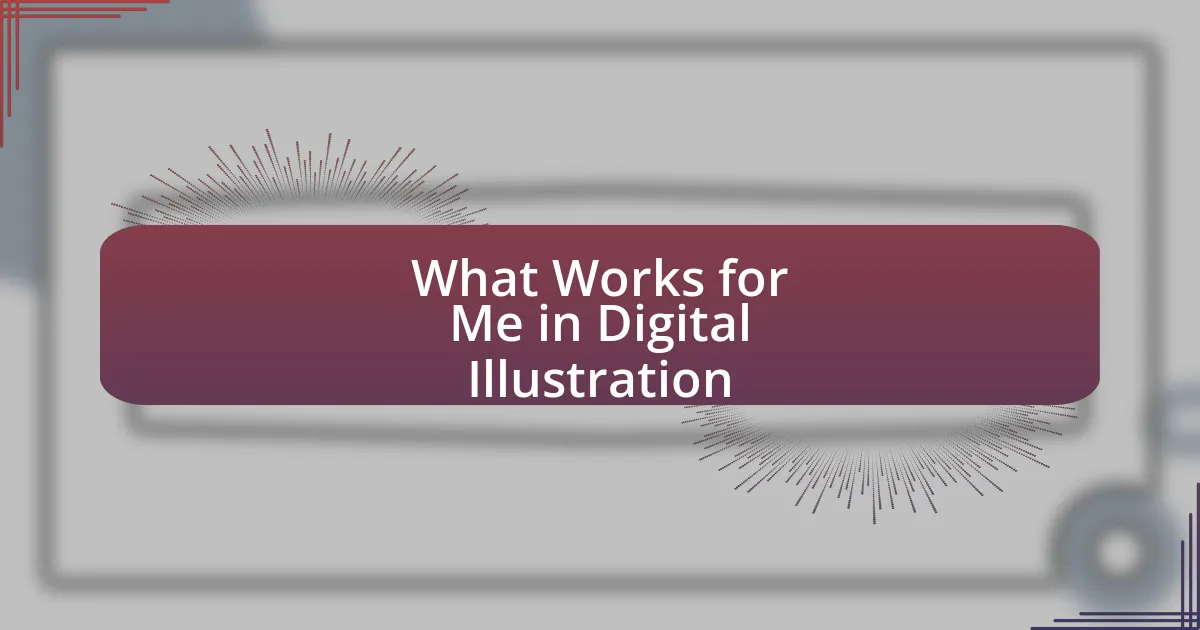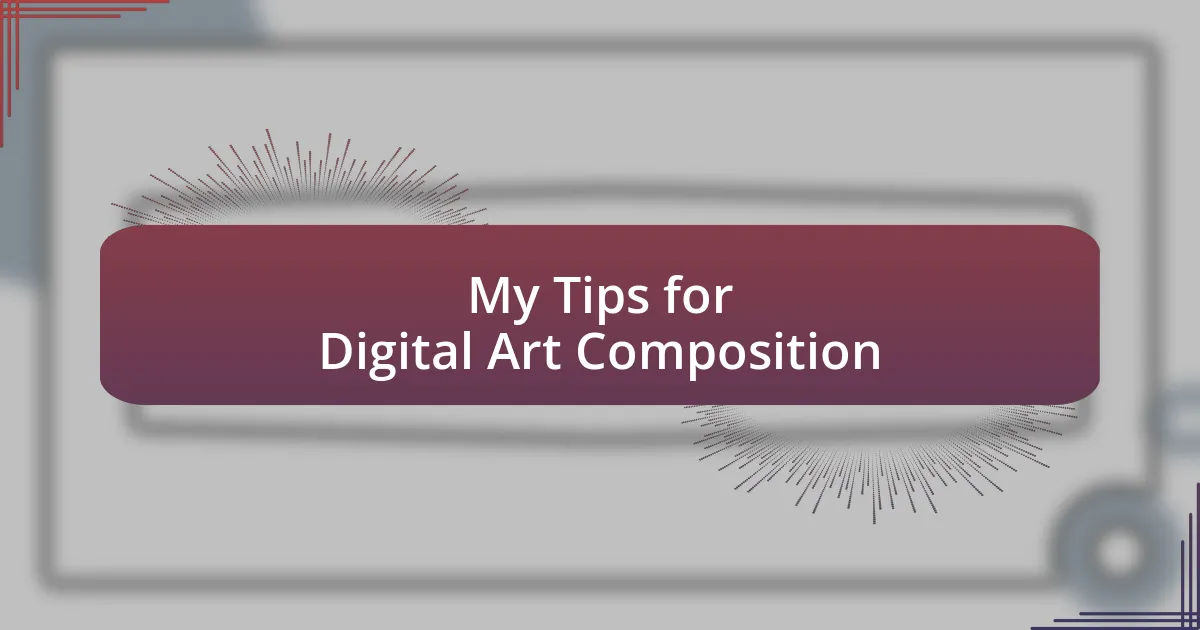Key takeaways:
- AI challenges traditional perceptions of originality and authorship in art, prompting debates about its role in the creative process.
- Personal experiences with AI art reveal that while it evokes emotions, the creative process differs significantly from traditional methods.
- Ethical concerns arise regarding authorship, originality, and the ethical sourcing of data used in AI art creation.
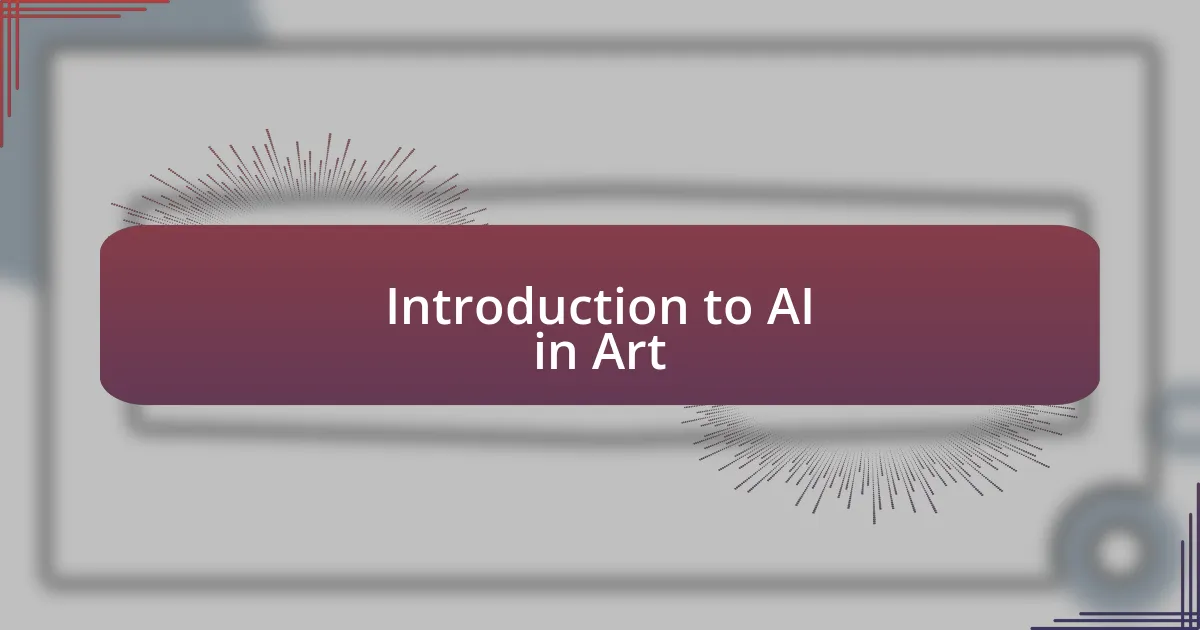
Introduction to AI in Art
Art has always been a reflection of our thoughts and emotions, but the advent of AI brings a new layer of complexity to this age-old practice. I remember the first time I encountered an AI-generated piece; it felt like witnessing a collaboration between man and machine. It sparked a thought: Can a computer truly understand the nuances of human creativity, or is it merely mimicking what it has learned?
As AI technology evolves, it begins to challenge our perceptions of originality and authorship in art. I often find myself wondering how artists feel about sharing their creative space with algorithms. It’s a fascinating dilemma—does AI complement the artist’s vision, or actually redefine what we consider art at its core?
What strikes me the most is the emotional response that AI-generated artworks can provoke. For example, there was a digital landscape created by an AI that evoked a sense of nostalgia in me, even though it was entirely fabricated. This raises an intriguing question: If AI can elicit emotions, does it become part of the artistic experience, or does it remain a tool in the background?
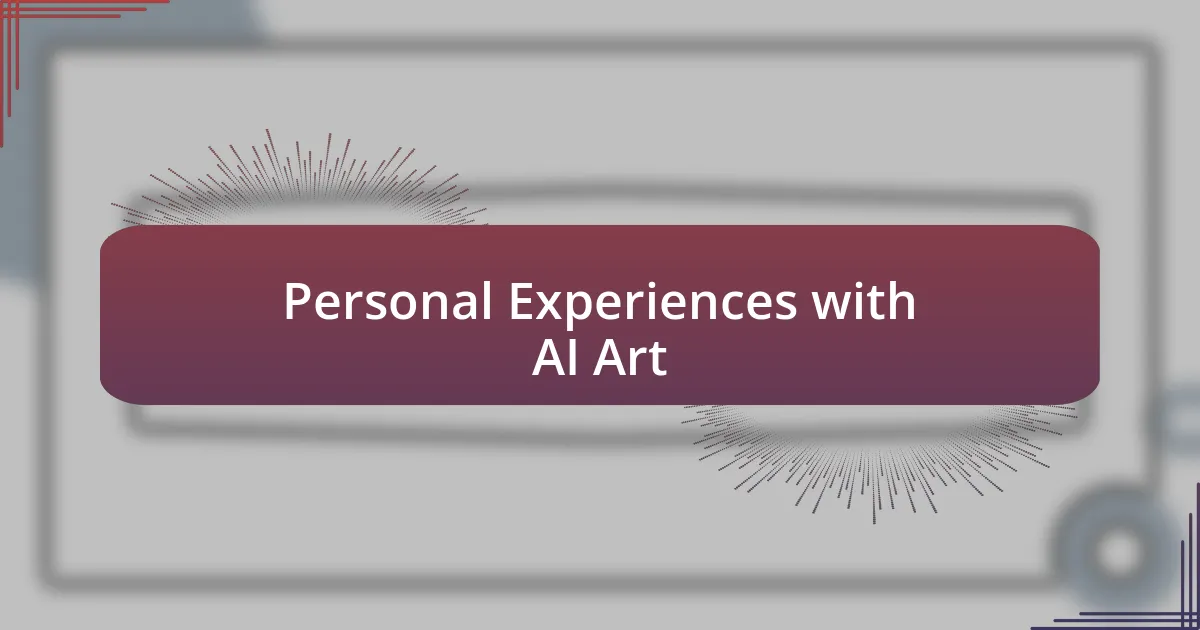
Personal Experiences with AI Art
My journey with AI art began when I decided to create a piece for an online exhibition. I fed the algorithm a series of photographs I had taken during my travels. The result was astonishing: an amalgamation of colors and shapes that transcended my original images. It felt as though the AI had interpreted my memories and emotions, shaping them into something both familiar and alien. I still remember the thrill of realizing that this digital artwork spoke to me in ways I had not anticipated.
There’s something thrilling about the unpredictability of AI art. I often find myself collaborating with these algorithms, adjusting inputs and seeing how they respond. Once, I input random words that corresponded to my mood that day: “joy,” “chaos,” and “serenity.” The artwork that emerged was a lively explosion of colors, yet somehow harmonious. It was like peering into a mirror that reflected my state of mind back at me, giving me new perspectives on my own feelings.
Comparing traditional art creation to AI-generated art has been quite an eye-opener for me. While traditional methods require a deep emotional connection to the canvas, working with AI often feels like an adventure into the unknown. The table below summarizes these differences I’ve experienced:
| Aspect | Traditional Art | AI Art |
|---|---|---|
| Emotional Connection | Deeply personal and individual | Surprisingly evocative, yet algorithmic |
| Creativity Process | Intuitive and slow | Experimental and collaborative |
| Artistic Control | High, limited by physical techniques | Variable, dependent on algorithm’s interpretation |
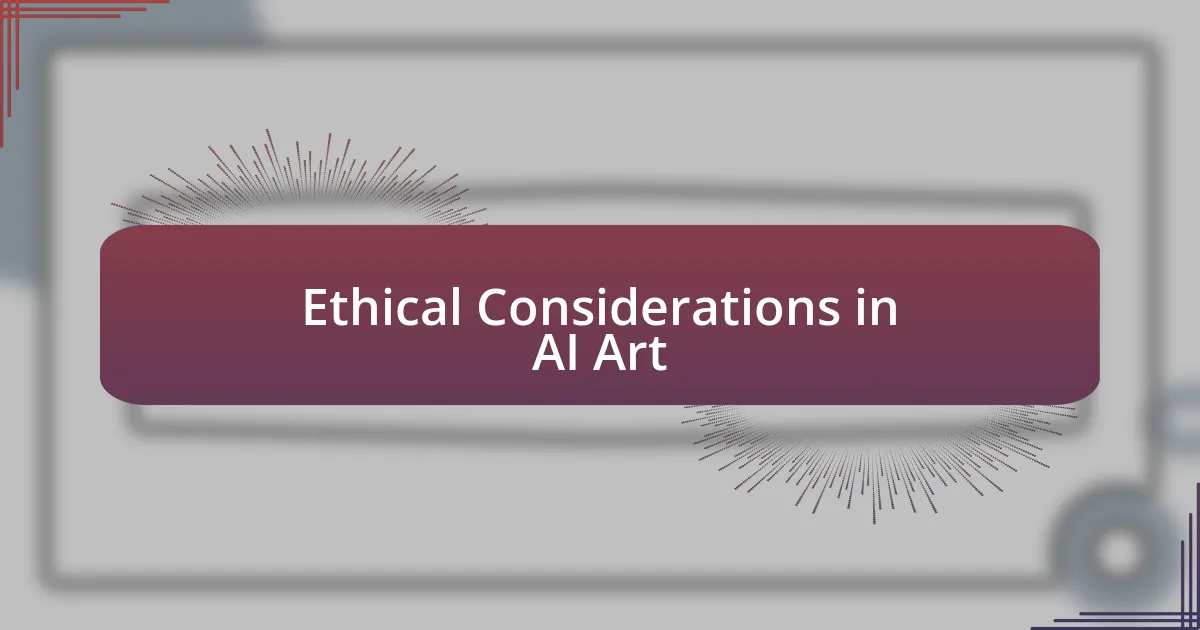
Ethical Considerations in AI Art
One major ethical consideration in AI art revolves around authorship. Who truly owns a piece created by an algorithm? Is it the programmer who designed the AI, the artist who provided the initial input, or the machine itself? When I create an artwork using AI, I often find myself grappling with these questions. It adds an intriguing layer to the creative process but also raises concerns about the value we assign to human creativity versus machine-generated outputs.
Additionally, the issue of originality cannot be overlooked. AI systems often learn from a dataset containing countless existing artworks, which prompts me to ponder: are we at risk of diluting artistic voices by borrowing too heavily from past creations? When I experiment with AI, I sometimes feel a tinge of guilt, wondering if my work inadvertently mimics styles that belong to other artists. It’s a strange conflict between inspiration and imitation that every AI artist must navigate.
Lastly, we must consider the ethical implications of data usage. Many AI systems rely on datasets filled with images that may not have been ethically sourced. This makes me think critically about the impact of my inputs. As artists, we should aspire to create responsibly, ensuring that the digital brushstrokes we leave behind honor the original creators. It’s a reminder that art, whether generated by humans or algorithms, is deeply intertwined with ethics and responsibility.

